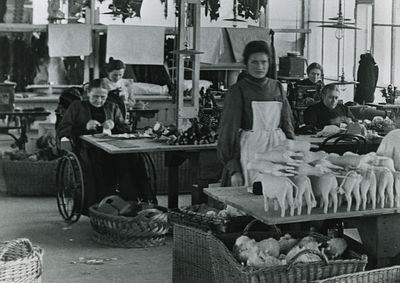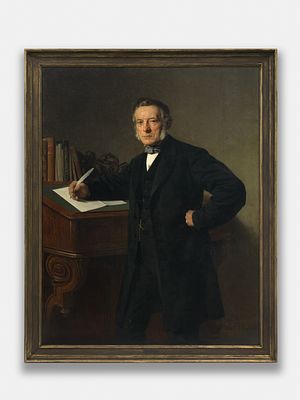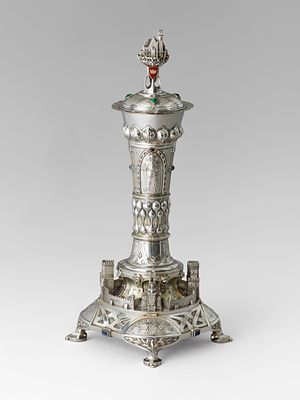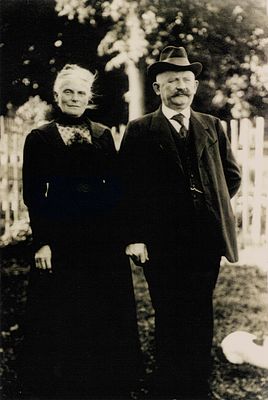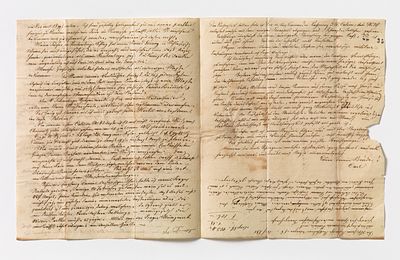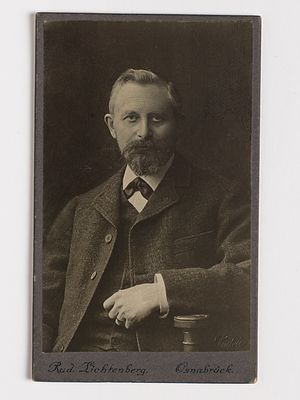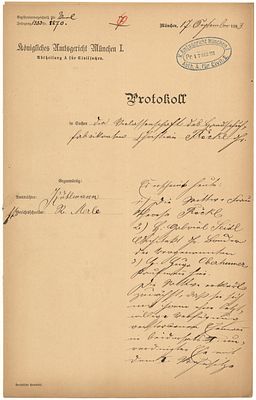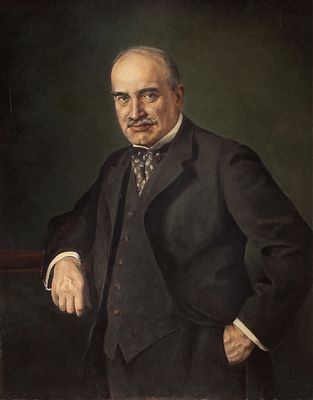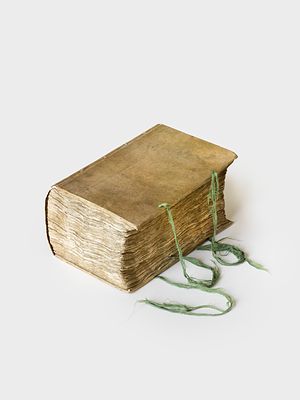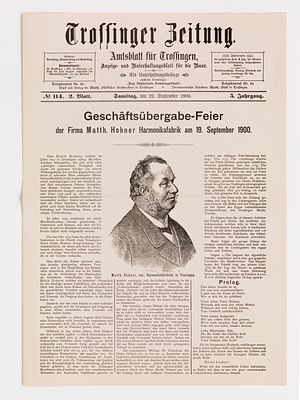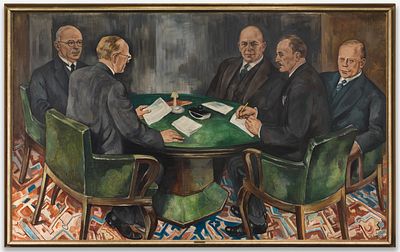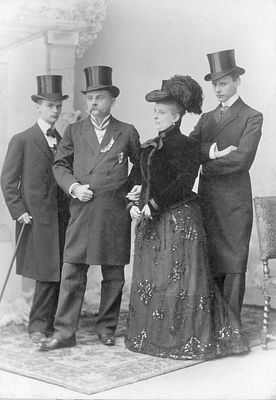The exhibition 'Family Businesses as a Phenomenon: Insights – Overviews' (11.07.2016 – 29.01.2017) approaches the subject of family businesses from a novel perspective – allowing business figures and their families to “speak” for themselves: letters, memoirs, wills, and business protocols from the late 18th century to the 1960s afford insights into the motives behind the actions of businesspeople and their family members. In 25 very personal stories, taken from 13 different family businesses, the goals, desires, and obligations of the various stakeholders come to life and prove to be surprisingly contemporary. Almost 90% of all businesses are family-run. Yet while the family-operated business is commonplace, it seems to hold great fascination. How else to explain the continuing success of Deutsche Dynastien, a German TV series devoted to German dynasties that often features entrepreneurial families and their companies? But there’s more than just the obvious interest in history and destiny. The complex phenomenon of the family-run business is also an object of research for political and business economists, historians, as well as for psychologists and sociologists. This is because the distinctive feature of the family-run business is the inseparable union of two systems that function according to completely different rules: the family, as private domain, where emotion dominates; and the company, subject to the laws of the market. Those who run family businesses thus make decisions in the context of interdependent and conflicting priorities that bring with them opportunities and freedoms while also harbouring pitfalls and clashes. Reconciling a respect for tradition and a capacity for innovation is, in any case, part of the day-to-day routine at almost all of these companies. This exhibition (11.07.2016 – 29.01.2017) approaches the subject from the perspective of business figures and their families. Letters, diaries, wills, and business protocols afford insights into the specific motives behind their actions. The goals, desires, and obligations of the stakeholders come to life and take on a surprising relevance, as do the action patterns and interdependencies, values, and decision-making processes that have persisted over time and across generations. The following firms, from a wide variety of sectors, join C&A in the exhibition as representative examples of internationally-operating large and medium-sized enterprises: Bagel (printing and publishing), Brügelmann (spinning), Falke (spinning and knitwear), Harkort (trade and metalworking), Hohner (musical instruments), De Kuyper (spirits and liqueurs), Roeckl (gloves and accessories), Steiff (toys), Stollwerck (confectionery), Ullstein (printing and publishing), Von der Heydt (banking), Warburg (banking). A two-volume publication will appear in conjunction with the exhibition. The first volume examines this new way of looking at the phenomenon of the family-run company, one based on actual business figures from the 18th to the 20th centuries. The second volume provides an in-depth overview of the subject from the perspective of scholars from a variety of disciplines.
